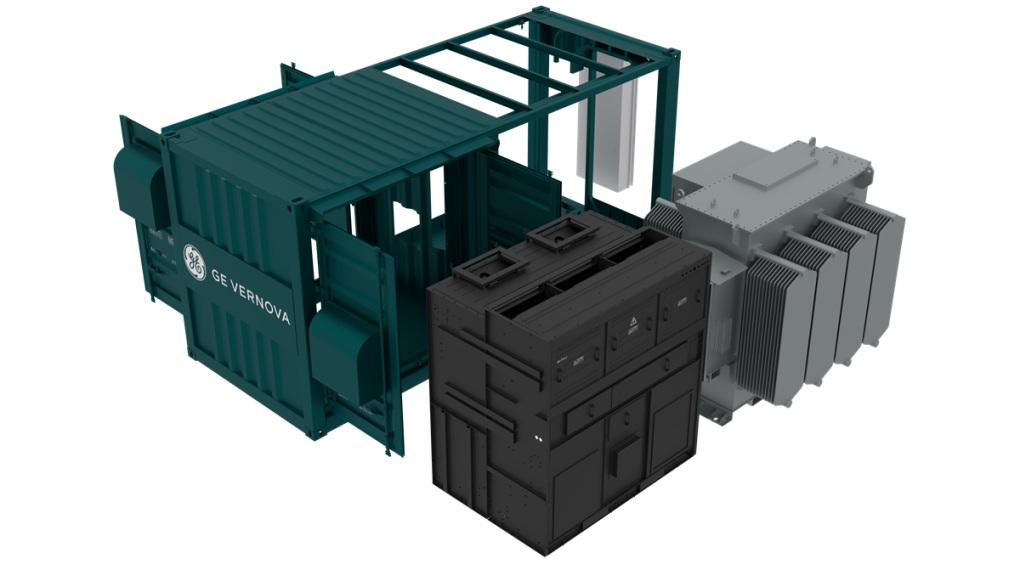GE Vernova Inc. has announced the launch of its new 6 MVA, 2000V direct current (dc) utility-scale inverter, with a multi-megawatt pilot installation in North America.
This initiative is aimed at further reducing solar energy costs and accelerating the transition to renewable energy and decarbonization.
A History of Innovation
In 2012, GE Vernova was the first to introduce the 1500 Vdc inverter to the market, helping customers reduce the cost of renewable energy through more efficient solar farm layouts. Now, with the 2000 Vdc architecture, the company is once again leading the way by further reducing the levelized cost of energy (LCoE) for solar PV installations. The inverter can boost power output by 30% within the same footprint, reducing costs and improving scalability for solar farms.
“At GE Vernova, we are driving the next generation of utility-scale solar solutions,” said Ed Torres, Business Leader, GE Vernova Solar & Storage Solutions business. “Inverters are critical to increasing solar capacity and ensuring efficient energy conversion. Our latest innovations will help solar farms maximize output and reliability, playing a key role in meeting growing energy demands and advancing renewable energy adoption.”
Solar inverters are key components of photovoltaic (PV) plants. The technology converts DC power produced by solar panels to AC power, which is then fed into the main grid. The FLEXINVERTER 2000 Vdc (also known as FLEXINVERTER 2 kVdc) is the latest addition to GE Vernova’s FLEXINVERTER portfolio.
Collaborating for a Renewable Future
GE Vernova’s FLEXINVERTER 2000 Vdc is set to debut in a multi-megawatt solar park as a pilot installation in North America, expected to be operational by Q1 2025. The company is collaborating with Shoals Technologies Group and an industry PV module supplier on this project. GE Vernova will provide the 2000 Vdc inverter for the solar park, while Shoals Technologies will supply the electrical balance of system solutions. The other collaborating supplier will provide the PV modules.
Also read: GE Vernova signs MoU with Systems With Intelligence (SWI) for grid monitoring



